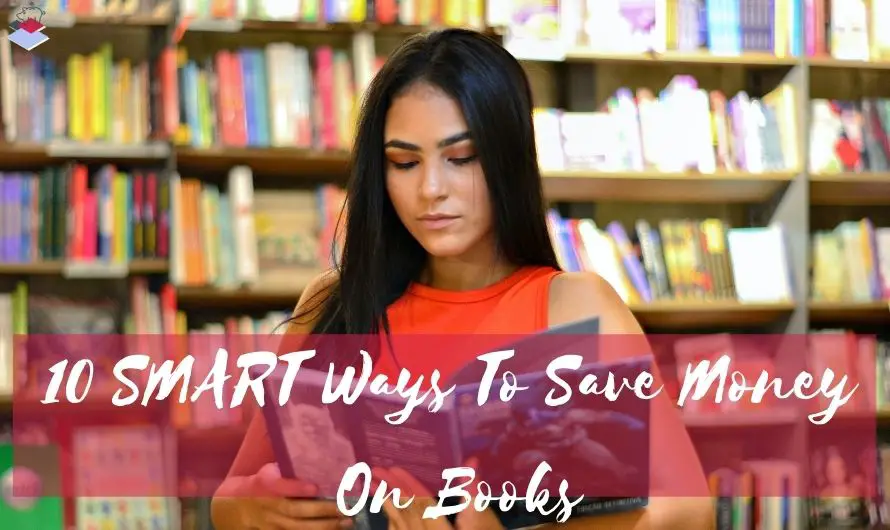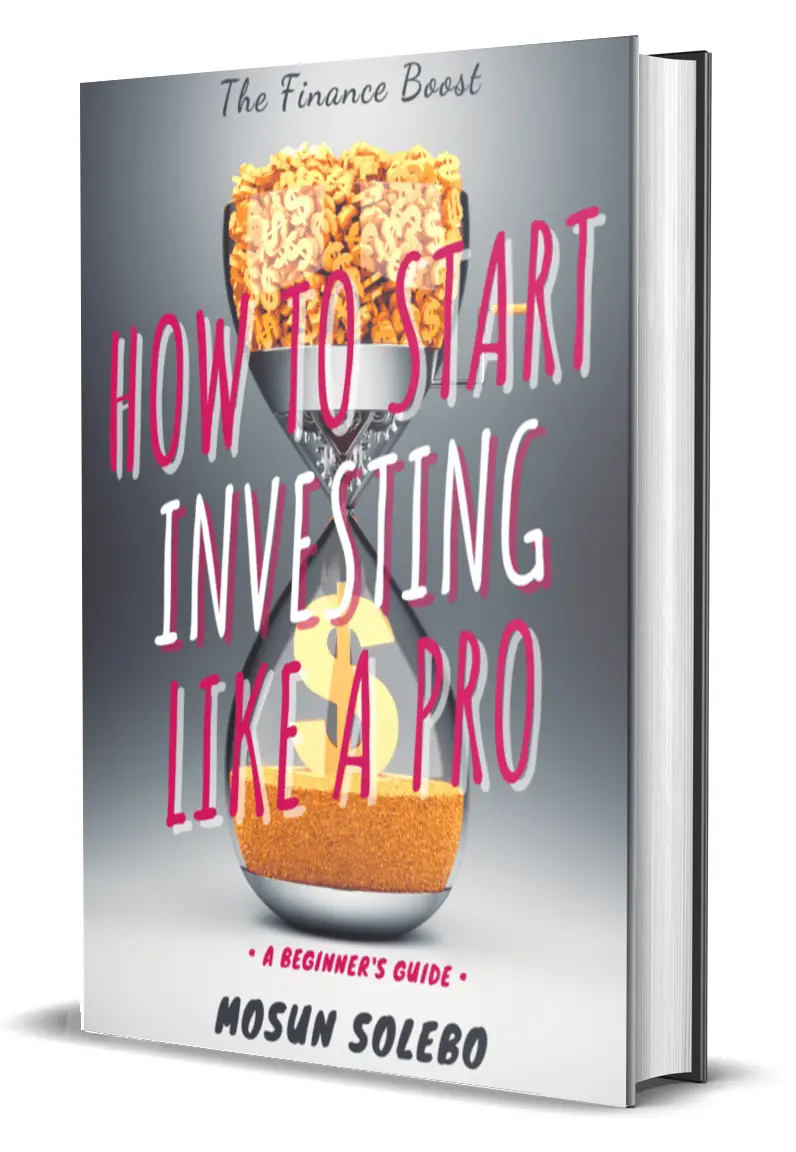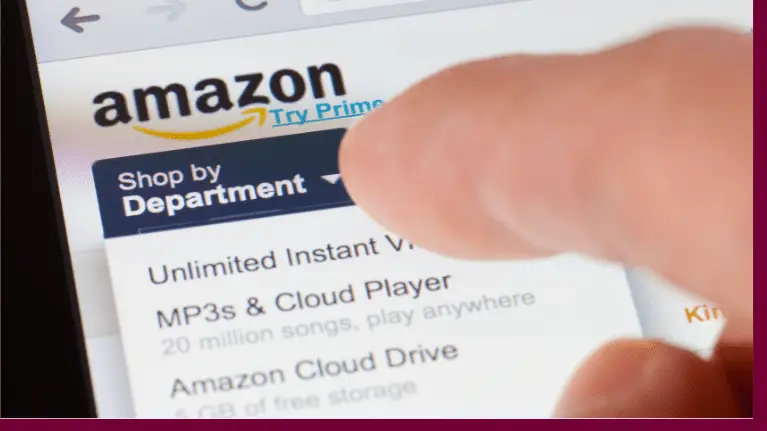Calling all the attention of book lovers and full-blooded bookworms out there!
Have you ever felt the growing tension of book-buying without leaving a hole in your pocket?
Well, you’re not the only one.
We bookworms tend to forget about where our passion and love for reading leads us to.
I’ve known so many people enrolling themselves in a one month book buying ban only to end up acquiring more books which they will never have the time to read. (I’m guilty!)
Are you one of them? Keep reading as we will share smart and creative ways for you to save money on books.
Is it worth spending money on books?

Are you kidding? YES!!! Aside from textbooks, which are required in academics, books are a powerful medium of learning. It helps us get to places we have never been without leaving our homes. Books provoke our thoughts and allow us to explore beyond limits.
Although not many people are into books, it will allow you to gain everything and lose nothing by reading.
It is certainly not a waste of money to read books – you might as well ask me if it is a waste of time to breathe. That’s how much books mean to me
Books will change your life, and produce habits that stay with you.
But, (there’s always a but!) it will be a different case if it makes you go plain broke.
Whether books are labeled as a need or a want depends on your current life situation.
How can I save money when struggling?
If you’re a student well, academic textbooks will probably be a need for you. But after the semester ends, there are two things you can do.
Either you leave it in your bookshelf, sitting pretty, gathering dust, or you sell them online, and let others benefit from it and give your books a new home.
Overall, you shouldn’t lose hope. There are many ways for you to save money, even if a little bit for now.
Further reading: How Can I save $1000 fast?
10 Smart Ways To Save Money On Books
Reading doesn’t have to be costly. Here are 10 tips for you to keep some cash in your pocket while indulging in the pleasure of your reading habit.
1. Finish one book at a time or establish a TBR (To Be Read)
Bookworms have different ways on reading, choosing, and purchasing books to read. Some are moody readers, and others are more effective when setting a list to read for a certain time.
If you want to save money while keeping your love for books, you can also set up a definitive list of books you want to read. Make sure you really intend to read those books on the list and not just display them on your shelf (although that’s fun too!).
Remember, your books will always be there. However, you still have to put food on the table to eat.
You can make a “to be read” list according to your reading goals, genres, or based on authors. (This method is what I am practicing now. I picked the “self-help” genre for this month, and even though it’s challenging not to check out other great books, I try hard to keep to my list.)
That way, you will be intentional in reading books, thus, saving money.
Related reads: What’s the 30-Day Savings Rule?
2. Buy at Second-Hand Bookstores
Obviously, if you want to save some cash, you will check out great reads at thrift stores like Goodwill. For bookworms, it’s like finding a gem in a sea of the unknown.
Most books at second-hand bookshops are either remaindered copies, have minimal defects like an old or tanned copy, or have writings in them. But it’s worth it, especially for one-time use.
Also, you might find some books in excellent condition for a lower price. You can find one in your local area or check online.
3. Book Subscription Program
Now, if you’re the type who doesn’t bother what books to read every week or every month, you can try the book subscription box. It is one way to save money on books because you will only pay a fixed price monthly, depending on the subscription rate.
Some subscription boxes offer a random selection of genres, so you will get surprised when the book arrives. Others will allow you to pick which book you would like for less than $20.
For quality story time with your kids, you can subscribe to Amazon Prime Book Box For Kids.
If you’re looking for a “book of your choice” subscription, there’s the Book Of The Month program you can try. Or, if you want more than just hardcover books to receive every month, meaning books plus other book goodies, OwlCrate got you covered.
Remember, a book box subscription should cost you less by buying just one item each month. If it’s going to tempt you into buying more than you would typically want, then it would defeat its purpose.
4. Library Card
Using a library card is a great way to save money on books, besides, it’s free! You simply apply online or in-person to any nearby public library in your area.
You can then start borrowing books, which means that you don’t need to spend money on books ever again.
High school and college students alike can find many of the books they need at the local library for free, especially books for literature classes. (Just reserve your book ahead of time to make sure you get it when you need it!)
5. Swap and Borrow
Another great way to save money on books is the swap and borrow method. You can join a local group with fellow bookworms and host a book swap event, where you can exchange your books (or other bookish goods) to someone else with another book. You can borrow either the titles on your wish list or only books you’ve always wanted to read.
You can also borrow books from your friends and family. That way you’ll actually save money because you can borrow them for free.
Indeed, swapping is the new buying. And, in turn, you became a zero-waste book lover, providing sustainability for keeping used books without costing you a lot.
6. Read Classic Books
Did you know that once a book has passed its 95-year mark, it becomes free? This is made possible as the copyright protection expires in the US after 95 years. Click here to see the complete list of new public domain books in 2021
Upgrade your reading habit by picking a classic book today for free!
Our tastes in books may vary, but classic books will surely never get out of style as they are still relevant in the modern world.
You can start with the works of George Orwell (Animal Farm), Jane Austen (Pride and Prejudice), and F. Scott Fitzgerald (The Great Gatsby), and many more!
7. Textbook Rental
For students out there, ever heard about renting textbooks? When you rent a textbook, you pay a discounted price to use the book you need for the semester.
This allows you to pay less upfront but still use the textbook you need. And when you’re done, just return the book back or use a free shipping label. (Make sure to return the book on the exact due date to avoid any late fees.)
Amazon offers this textbook rental service. Moreover, the site provides a full refund of the rental fee if you return the textbook within the first 30 days of your rental period in the same condition as when you received it.
Thus, renting textbooks is cheaper than purchasing them. You can also check out Text Book Solutions and Chegg.
8. Use Audiobooks
For busy professionals and students alike, there’s nothing more comfortable than listening to audiobooks. You get to finish your book in time, even when on a commute or a long drive. For some, it feels relaxing listening to the words while at the same time holding the book and reading it in your mind or out loud.
However, Audiobook prices, can be a great way to drain your wallet too.
Fortunately, good listening materials don’t have to break the bank. Thanks to various resources and services, you can slash your monthly audiobook bill while actually increasing your consumption.
For instance, Audible offers 3 books for a free 30-day trial period. You can also borrow a decent stack of audiobook CDs from your local library.
So, if there’s a particular audiobook you want to listen to, why buy when you can borrow?
9. Download Kindle or Nook Reading App
Since e-books entered the industry, many readers have turned to their smartphones and tablets as their mobile or virtual library. It has saved them tons of money too!
You can download e-reader apps for free and download your favorite books. However, some books are not free in some instances, and you have to pay the price. So, take advantage of thousands of free books in the app and read them instantly.
On the other hand, you may also opt for Amazon Kindle Subscription, which costs less than $10/monthly. Kindle Unlimited subscribers can read or listen to their books on any Kindle device or any device with Amazon’s Kindle app installed.
There’s also Scribd, which offers unlimited books and audiobooks for only $8.99/month.
10. Enter Free Giveaways
Lastly, the online book community is generous in hosting free local and international giveaways to fellow bookworms. As for my experience, I usually encounter this at the bookstagram space.
You simply follow the instructions to join and pray that you win! Besides, it’s free!
On the other hand, you can also check out coupon promo codes for your books at Retail Me Not or Coupon Cabin; to earn special promo codes and coupons when deciding to purchase at one of your favorite book stores. You can even get cashback!
Final Thoughts

They say reading is a hobby for the rich. But it doesn’t have to be. With many available and free resources out there online and offline, books have always been accessible for many of us.
Another tip I would like to add is to photocopy specific pages of the book that you need. This method is one I used in college to support my studies.
Doing it will lessen the burden of ownership, and you can share or sell it to someone who might need the same pages with keynotes from you next semester. Who wouldn’t like that?
Then you can sign-up for a free email list to receive notifications about great book subscription deals for as low as 99 cents; it will keep you posted as you go.
Overall, reading should be unlimited as well as not draining into your pockets.
Remember, one chapter a day can’t put your budget in disarray.
Do you have any tips to save money on books? Share with us below; as always, we love to hear from you!










0 Comments